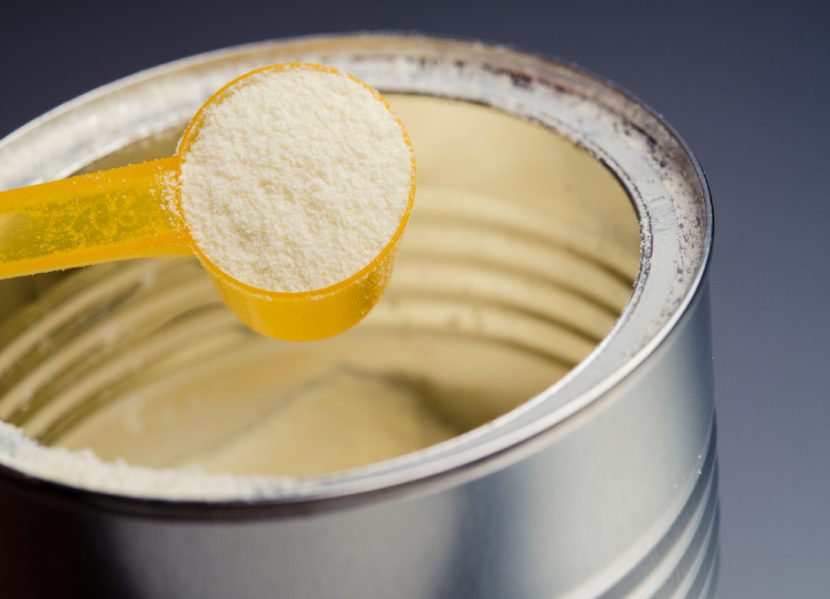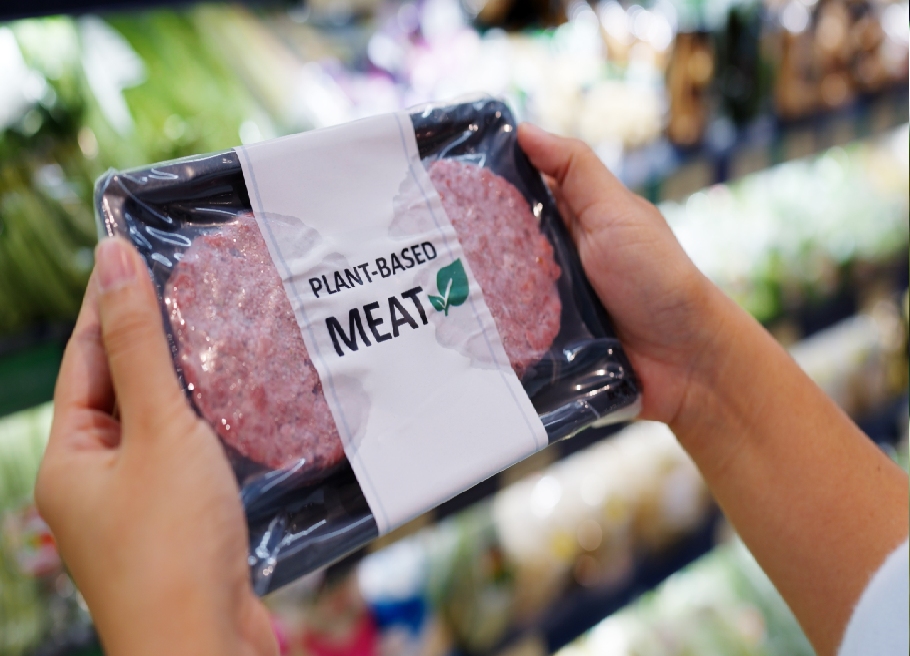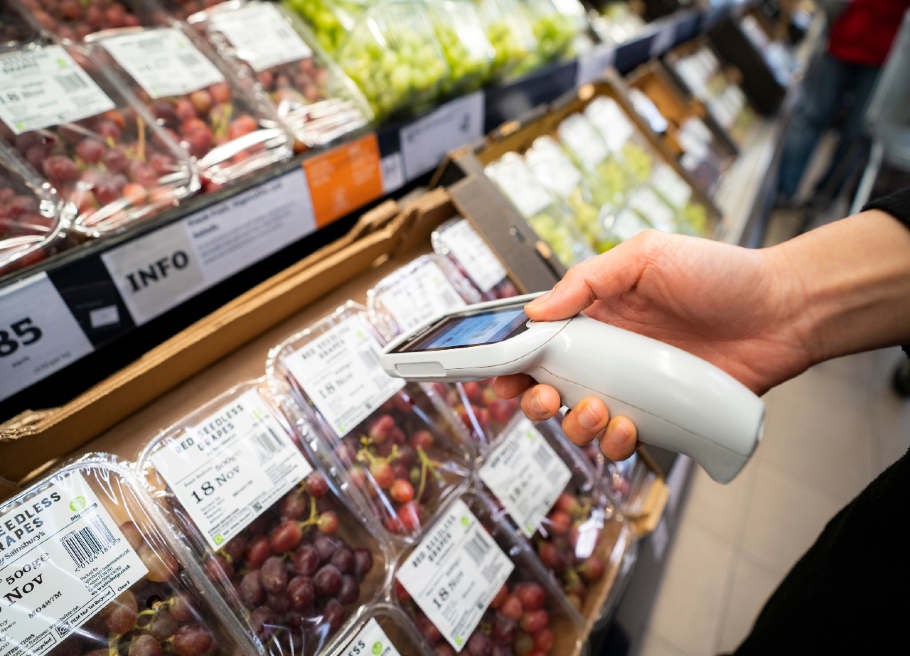FDA Guidance on Lead Contamination in Baby Food
By Jaclyn Bowen
The US baby food and infant formula industry has seen its fair share of food safety related headlines in recent years. From the Congressional Subcommittee on Economic and Consumer Policy’s report, “Baby Foods Are Tainted with Dangerous Levels of Arsenic, Lead, Cadmium, and Mercury” to the infant formula powdered milk recall due to Cronobacter bacteria, which was just the beginning.
Then, due to limited supply caused by the recall, families were faced with an infant formula shortage. The White House subsequently deployed Operation: Fly Formula where some of the world’s leading infant formula brands were shipped to the US via cargo plane to get more formula onto store shelves as quickly as possible, subverting the typical complex process of bringing a formula to market in the United States.
We are now beginning to see changes in industry policy, trends, and government guidance in light of these recent challenges.
These headlines showcase just some of the vulnerabilities that exist from a food safety, supply chain, and production perspective, and for a product known as the “most tightly regulated food in the country.” We are now beginning to see changes in industry policy, trends, and government guidance in light of these recent challenges. More specifically, FDA’s recent publication of “Action Levels for Lead in Food Intended for Babies and Young Children Draft Guidance for Industry.” Public comment is open through mid-May 2023.
While you can read the details of the draft guidance, the crux of compliance is the lead test result pass/fail criteria, which is quoted below:
- 10 parts per billion (ppb) for fruits, vegetables (excluding single-ingredient root vegetables), mixtures (including grain and meat-based mixtures), yogurts, custards/puddings, and single-ingredient meats
- 20 ppb for root vegetables (single ingredient); and
- 20 ppb for dry infant cereals.
Even with this guidance, questions remain. Here’s a short list (for starters) of some of the unknowns related to the guidance:
1. What about other foods marketed towards vulnerable populations?
The Draft Guidance is limited to traditional baby foods –– fruits, vegetables, dairy products, cereals, and other products intended for consumption by children, on average, between 4 months and one year of age. The current FDA industry guidance is silent on other products critical to the total wellness of a child including infant formula, prenatal vitamins, foods targeting toddlers, and products marketed to pregnant women and lactating mothers.
As the infant formula and baby food have been in the headlines, the response from parents and families has been significant fear, worry, frustration, and anger, and rightfully so. The World Health Organization considers the first 1,000 days of life (from conception to the age of two) as critically important to long-term health and wellbeing. It is the window of opportunity for optimum brain and immune system development. Disruptions to neurodevelopment during this window are especially deleterious to long term health and wellbeing. The World Health Organization emphasizes the importance of preconception care and health interventions that can be practiced by women and couples before conception that can improve child health outcomes in both the short and the long-term, arguing for an integrative total health approach to protecting infant and baby wellbeing.
Possible solution: All brands within the food space (and especially brands with foods and supplements marketed towards infants, children, and pregnant or lactating mothers) should take heed and revisit their quality assurance programs now. Revisit your supplier assurance program, your HACCP and HARPC program, and factor in the potential of heavy metal contamination if you haven’t done so already. Remember, it doesn’t require formal rulemaking to recognize this consumer shift in safety and quality expectations and proactively and voluntarily align priorities with those of your target consumer.
2. How will testing work?
While the Draft Guidance provides pass/fail criteria on the level of lead in fruits, vegetables, cereals, and other baby food products, the details as to the instrumentation and methods to use are not provided. Without a standardized methodology for assessing products within and between baby food ingredients, it could be challenging for some brands to accurately interpret the guidelines.
Possible Solution: Brands should consider the development of a risk assessment to identify ingredients within your finished product that could be of elevated risk. Use testing as validation of compliant finished products. Using an ISO 17025 accredited laboratory with the applicable matrix within scope, that utilizes inductively coupled plasma mass spectrometry (ICP-MS), and have the sensitivity dialed in to confidently test down to these guidance levels should be considered best practice.
3. Are other areas of public policy equipped and informed to set finished baby food manufacturers up for success?
Finally, the current guidance fails to address the root cause of the issue – most heavy metal contamination in baby food products arises from soil or water contamination with heavy metals. High quality and nutritious baby foods come from high quality and nutritious ingredients. High quality and nutritious ingredients come from healthy soils. Healthy soil is the result of good environmental policy.
The European Union has had its “Contaminants in Foodstuffs” regulations in place for 30 years which specifies even stricter food safety regulations for foods marketed towards vulnerable populations. For several decades, a compliant supply chain has been nurtured in Europe to ensure that finished product formulations (and the incoming raw materials) are compliant. The same can’t currently be said for the domestic market.
Possible solutions: While the industry guidance is applicable to finished product manufacturers, ingredient suppliers should take notice of this emerging need and opportunity. Finished product manufacturers are always looking for compliant raw materials for their formulation ‘toolbox.’ Consider proactive testing to gauge your level of risk, compliance, and potential point of difference in the market.
As the adage goes, “never let a good crisis go to waste.” Crises and challenges can uncover potential for new perspectives and opportunities for improvement and growth. This holds true when it comes to adapting today’s baby food market and supply chain for tomorrow.
About the Author:
Jaclyn Bowen MPH, MS is a food safety and quality systems engineer and executive director of Clean Label Project, a US-based national non-profit and consumer advocacy organization with the mission to bring truth and transparency to food and consumer product labeling.
Bowen was the researcher and co-author behind the largest academic peer-reviewed study ever conducted on lead and cadmium in baby food and infant formula, which was published in the international multidisciplinary journal, Science of the Total Environment.
Before coming to Clean Label Project, Jaclyn held numerous technical, standards development, food safety, quality, and executive roles within the World Health Organization Collaborating Centre, NSF International. Bowen holds a Bachelor of Science in environmental biology, a Master of Science in quality engineering and a Master of Public Health in management and policy.

-
 FeaturedRisk management
The Cost of a Breach: What a Cyberattack Could Mean for Food Safety Recalls
FeaturedRisk management
The Cost of a Breach: What a Cyberattack Could Mean for Food Safety Recalls
-
 FeaturedRisk management
Securing the Food Chain: How ISO/IEC 27001 Strengthens Cybersecurity
FeaturedRisk management
Securing the Food Chain: How ISO/IEC 27001 Strengthens Cybersecurity
-
 FeaturedRisk management
Revolutionizing Food Safety Training: Breaking Out of the “Check-the-Box” Mentality
FeaturedRisk management
Revolutionizing Food Safety Training: Breaking Out of the “Check-the-Box” Mentality
-
 GFSI Standards
GFSI 2025: Building Trust, Tech-Forward Solutions, and Global Unity in Food Safety
GFSI Standards
GFSI 2025: Building Trust, Tech-Forward Solutions, and Global Unity in Food Safety
-
 FeaturedFood Safety
Integrated Pest Management: Strategies to Protect Your Brand’s Reputation
FeaturedFood Safety
Integrated Pest Management: Strategies to Protect Your Brand’s Reputation
-
 FeaturedFood Safety Culture & Training
No Open Door Policy: Challenges That Impact Pest Control in Food Processing Plants
FeaturedFood Safety Culture & Training
No Open Door Policy: Challenges That Impact Pest Control in Food Processing Plants




